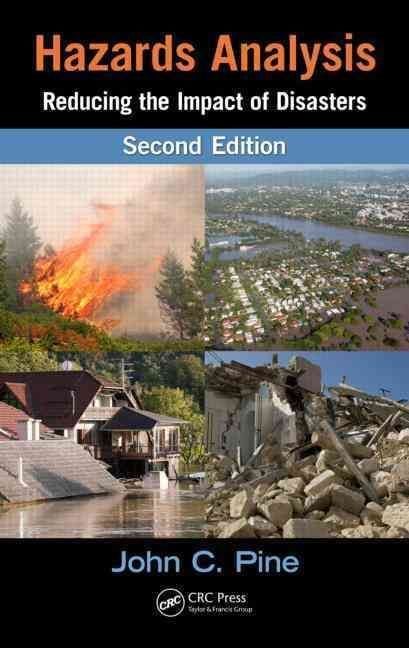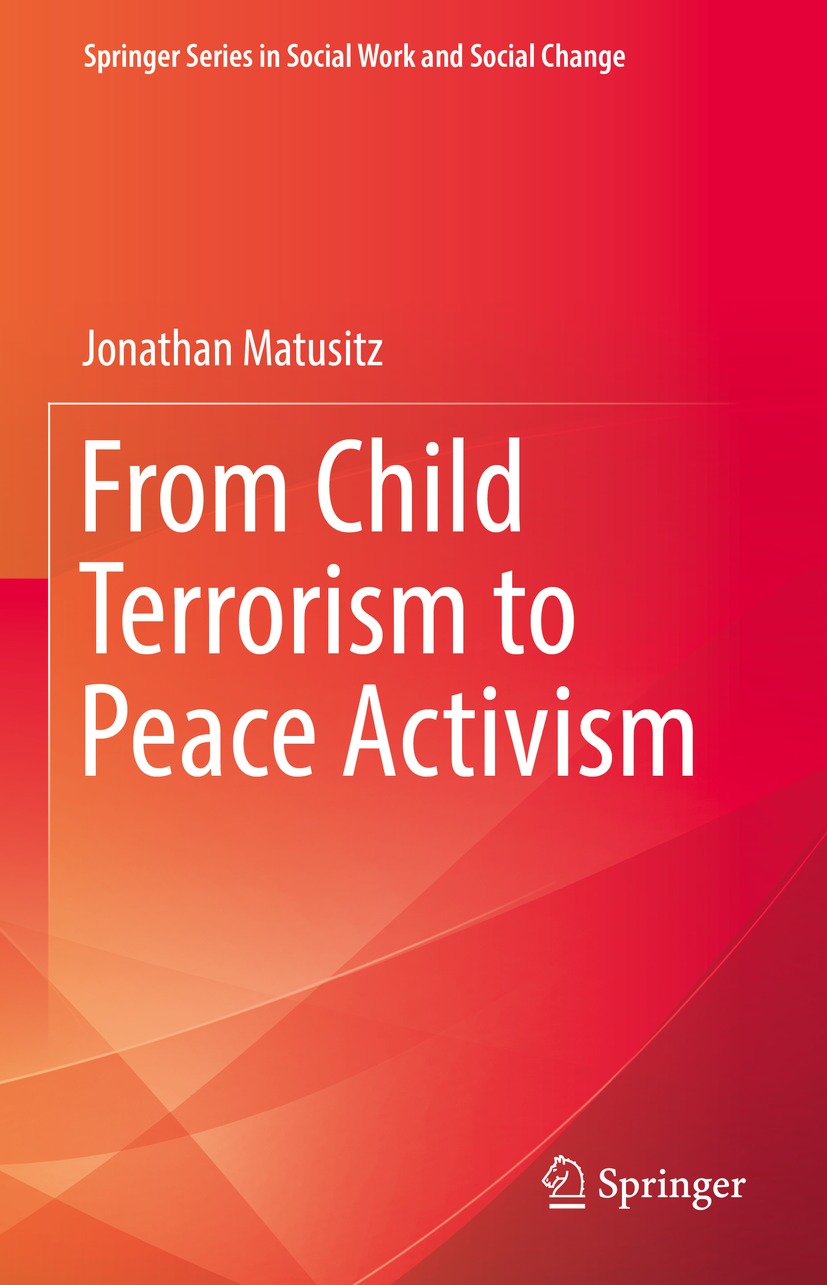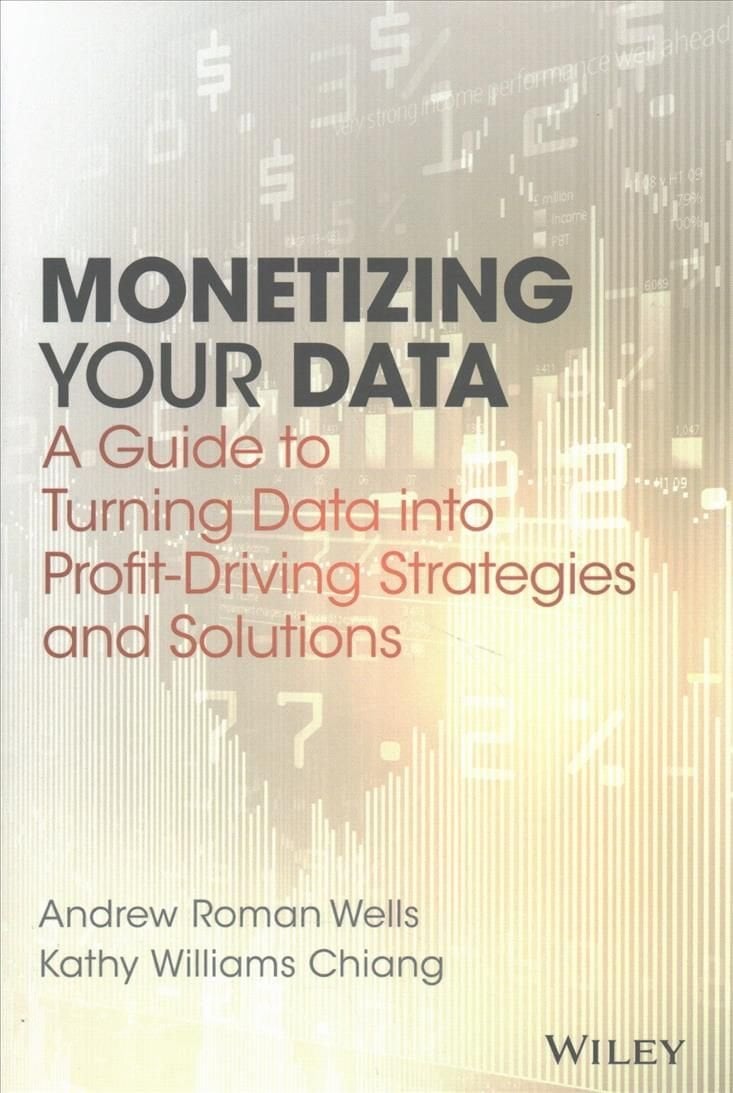Preface The social, economic and environmental impacts from natural and human caused disasters have increased during the recent decades. The impacts from these disasters are seen on a global scale and are driving efforts to reduce adverse consequences on vulnerable populations and communities. We have attempted to reduce the costs of these disasters but continue to carry out policies that encourage development in vulnerable geographic areas of the world. With threats imposed by global warming, we see that many communities are subject to increasing levels of risk and can achieve sustainable development through appropriately informed planning, protection, mitigation and recovery strategies. Strategies to enhance community resilience to hazards must be based on research that integrates complex social, economic and environmental systems. Hazards Analysis: Reducing the Impacts of Disasters provides a structure and process for understanding the nature of natural and human caused hazards and strategies for building sustainable communities. The key to sustainability is acknowledging the unique nature of the local community and how geography, social systems, the economy and infrastructures influence a community’s capacity to withstand and recover from a disaster. This book demonstrates how we use hazards analysis to identify and prioritize risks and develop approaches to community hazard mitigation. The role of hazard risk management is stressed for public, private and non-profit organizations. –











